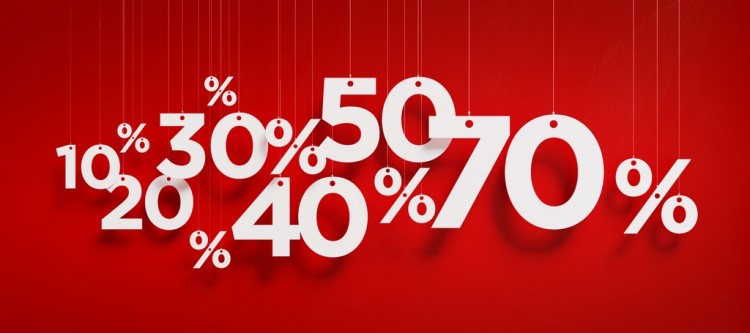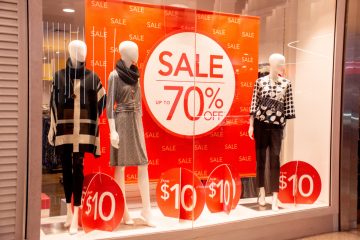Technology helps retailers and brands win in off-price fashion

Everyone likes a bargain, particularly fashion consumers and the spectacular growth of factory outlets and other off-price fashion chains indicates how popular the idea of buying high-quality fashion at bargain prices has become.
Off-price retailers specialize in buying up seconds, end-of-season closeouts, canceled orders, overruns and goods returned by other retailers.
The off-price sector has grown rapidly in the US because it solves two of the industry’s biggest challenges: excess inventory and slow growth in full-price fashion. This growth has now spread to other regions.
Between 2003 and 2017, the number of off-price stores in Europe has more than doubled, according to a Business of Fashion report. As was the case with the early US market, today’s European market is dominated by factory outlet centers, off-price chain T.J. Maxx and a small number of online players that specialize in off-price fashion.
The off-price market offers several advantages. As their stock is continually changing, off-price retailers are in a much better position to keep their customers engaged than traditional retailers.
The off-price business model makes a virtue out of what conventional fashion retailers see as a major problem: the unpredictable and volatile nature of fashion retailing.
But the off-price retail business could become a victim of its very success. The growing number of traditional retailers that are allocating floor space to selling off-price inventory or setting up separate off-price brands means that off-price retailers must compete more aggressively to get customers. In addition, there will be more competition for closeout products to stock.
So how can retailers and manufacturers successful exploit the off-price opportunity?
Inturn, a cloud-based exchange for off-price retailers, offers the following advice:
1. Update your IT systems
Having a responsive and reliable IT infrastructure is particularly important in off-price retailing because of the dynamics of the sector. You may need to update your systems in areas such as inventory management, markdown optimization and purchasing.
2. Determine what inventory needs to be marked down and sold
Having a clear and up-to-date reporting platform is essential as you need to have visibility of products across all wholesale, retail and e-commerce channels.
3. Optimize your buyer network
Timing is everything – a huge element of your success is finding the right buyer for your inventory in the right market at the right time. Review your current buyers and reach out to new ones in domestic and global markets.
4. Provide buyers with detailed product information
Detail is everything, and buyers who are purchasing items based only on a text description are likely paying a much lower price for those products because they’re not entirely sure what it is they’re buying.
5. Understand your market demand
Offers that are curated for specific buyers in specific markets are much more likely to see products sell at a higher price as this means that buyers will also be able to sell products to their end customers at a greater price.
To find out more about how Openbravo can give fashion retailers a competitive advantage, watch our on-demand webinar, “Omnichannel leader or laggard? What’s your choice as a fashion retailer?”



